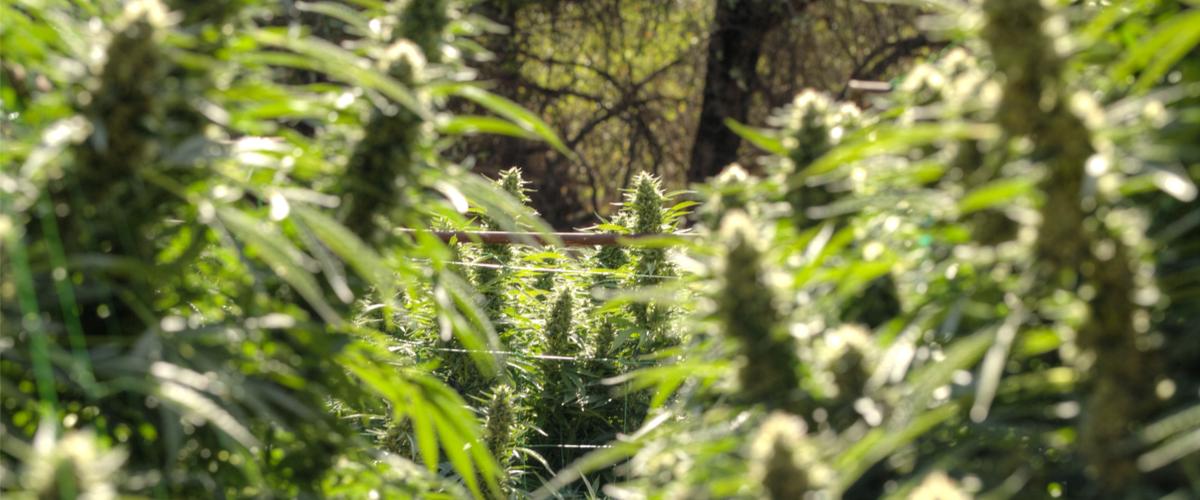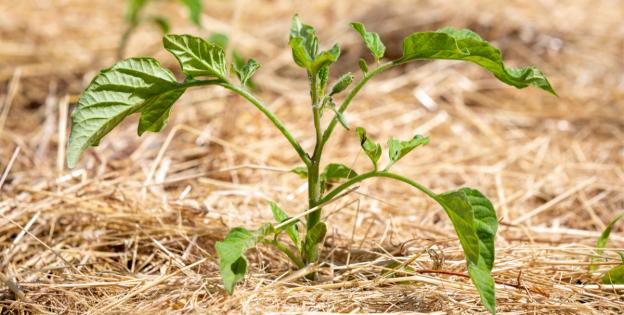- We usually relate summertime to certain smells, holidays, paradise beaches with turquoise waters, great evenings and cocktails, or ultimately to the ‘dolce vita’.
- But in the case of outdoor cannabis growing, the summer season has nothing to do with this. During this time, outdoor crops are in full evolutionary mode and there’s still a lot to do before the long-awaited harvest time arrives with its year round supply.
- Here we present you a series of key points to consider in order to take special care at the start of the flowering phase of your cannabis plants.

Summertime implies free time, relaxation, travelling, resting, tanned bodies on the sand, music festivals, popular celebrations, peace and quiet, great times with friends, long evenings with a nice drink in hand, delicious barbecues, and so on.
However, as far as our favourite pastime is concerned, summer is not the time for parties but rather the total opposite. Bikinis and beach towels need to be set aside because cannabis plants require a lot of care at this time of year if you want to get the most out of them. Now it's time for them to evolve to their fullest under the summer sun and produce delicious dense flowers with potent aromas.
During this phase, most problems that may arise are usually related to bad management of the following key factors: irrigation, topsoil, support of the plant structure, defoliation, or light.
Irrigation
During this period, it is crucial that cannabis plants don't suffer from water or nutrient shortages. You need to always try to water in the morning so the plants have a sufficient water and nutrient supply to see them through the whole of the hot summer day.

You need to add a fertiliser that's specific to the growth phase, as well as a root stimulator to improve plant health and optimise vigour and absorption capacity (once a week is sufficient). The use of Trichoderma harzianum is also advised; this is a beneficial fungus that complements the root stimulator, protects the radicular mass, and stimulates root growth. Best to mix with room temperature water before watering the plants.
It is best not to water at dusk when air humidity increases, as this can lead to the appearance of fungi in less hardy strains.
We recommend using a growth fertiliser until the pistiles appear, which announces the arrival of the flowering phase. Then you need to progressively transition into the flowering phase for 6 to 10 days, gradually reducing the amount of growth fertiliser and alternating it with a fertiliser specific to the blooming phase.
The hottest time of day is between 1200 and 1500, depending on the geographical area. During this time interval watering is not advised, even if the morning watering hasn't been enough to keep the plants moist. When watered at this time of day, plants can experience thermal shock, which can seriously damage the plants in the form of burnt roots.
Mulch or topsoil
The use of mulch or a topsoil layer is a great resource to avoid water evaporation or thermal shock. It is a really useful preventive method: a protective layer of substrate with a thickness ranging between 2 and 5 cm, depending on the climate of the region, composed of vegetable or mineral waste (wood bark or chips, perlite, lawn clippings, etc). Without a shadow of a doubt, this is a solution full of advantages!
Plant structure support
Before the flowering phase gets under way, it is vital to provide the plants with a solid support structure for their vegetative growth. Spare no means to ensure that plants can be ready to support the weight of their buds when they burst into bloom.
If this is not performed appropriately by means of a metallic cylindrical trellis, square netting, or some stakes, the branches that support the cannabis flowers could break off.
This would prevent the plants from reaching maturity, with flowers not developing fully. It is clear proof that, if the initial work isn't carried out properly, it can create many issues that require extra work, as well as lead to a decreased yield. So, in this case, prevention is definitely better than cure!
Defoliation

Depending on the strain, plants sometimes require one or several defoliation sessions. Bubba Kush or Remo Chemo, for instance, are good examples of this: they require one or several defoliations because they're genetics with a heavy foliar mass that can prevent light from reaching the buds, thereby hindering their growth.
The right thing to do is to keep a close eye on bud development and analyse the light penetration potential on the top part of the plants. This is an area to watch closely as it can have a direct impact on the final yield of your cannabis grow.
Different marijuana strains have varying internodal spacing and foliar mass, so you need to watch out and evaluate their evolution. However, you need to be cautious and not defoliate in excess as this could be just as detrimental: plants can become stressed due to insufficient leaves for the correct level of photosynthesis according to their needs.
Light
During the evolution of the vegetative phase, light also plays a vital role in the overall development of cannabis plants. If you're growing in pots that are a size that allows you to move them around, change their position so that they have enough space, as much as to optimise light penetration and also to improve aeration and reduce transpiration.
If your plants are planted in soil, in a shady area, try to eliminate any surrounding vegetation, whilst keeping your grow as discreet as possible at the same time… after all you don't want to end up with problems of a different type...




Comments from our readers
Did you like this post?
Your opinion about our seeds is very important to us and can help other users a lot (your email address won't be made public).